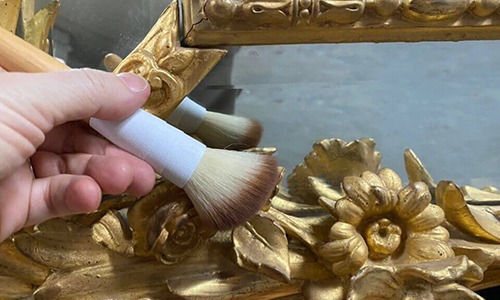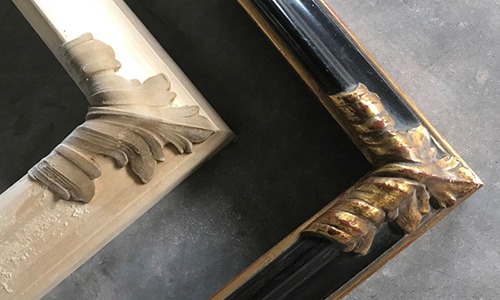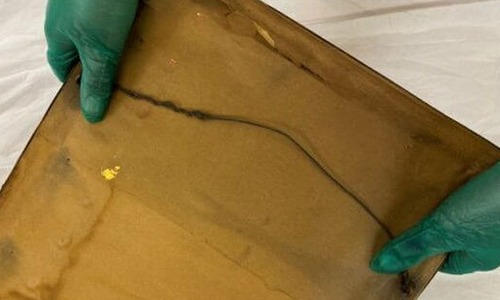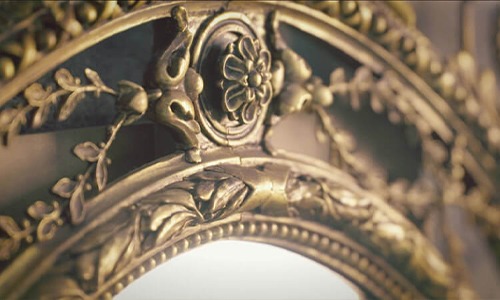First Steps to Recover Water Damaged Art and Antique Collections
When your safety is confirmed, following a storm, flood or hurricane, time is of the essence when fine art, antique and furniture collections are exposed to water. While standing water is the instant concern, there are two environmental perils that immediately follow: elevated humidity and mold.
The following are a few proactive steps to start safeguarding and recovering a comprised collection:
Documentation-Photograph the items in their current state.
Video-If you have access to video, also take video as it can capture more footage in a smaller amount of time. The documentation allows for a snapshot in time but can also help facilitate managing the restoration process as well as submitting a claim in the future.
Inventory-Make an inventory of the items. Identify the priority items. All items should be inventoried prior to leaving the premises.
PPE-Wear gloves when handling items. Depending on the nature of the exposure and contaminants in the water, respirators and additional protection may be recommended. While protecting the artifacts, you also want to make sure to take personal precaution as well.
Contact a Conservator-To assist with the recovery and triage of affected items. Time is of the essence, the sooner the items are addressed, the more successful the treatment results.
Relocate-Items should be removed from the exposure and relocated to a secured, climate-controlled environment as soon as possible. When handling compromised items, take care to handle cautiously as they are likely structurally compromised, and can be further damaged from handling.
Initial Triage Tips
- Avoid using heaters to quickly dry out wet items. This could result in shrinkage and further damage.
- Place items in a well-lit, stable environment with fans to help circulate the air.
- Detached fragments should be identified and once dry, placed in labeled bags and stored with the artifact.
- If drawers can be safely removed, they should be emptied and removed from their cabinets to facilitate drying, as well as reduce weight if they need to be carried.
- Do not lean fine art or framed artwork against each other. Paintings are vulnerable to direct contact with other items. Damage can also be caused by friction of hanging hardware from other frames.
- Avoid wrapping wet items in plastic since that will inhibit gradual drying and will cause further damage.
Keep in Mind
It is important to never assume that a piece cannot be successfully treated. Often, a piece, even with catastrophic damage, can be successfully treated. You should always check with a conservator for options. The documentation completed even in the first step is a great way to start the conversation about options and costs for potential treatment.
If you have questions or want to learn more about services, please contact us at:
312-344-0331



